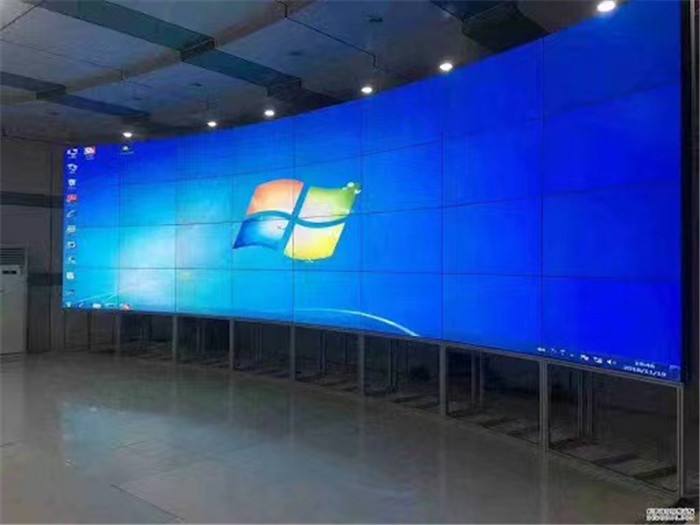time:2020-12-29 Views:24

Light-emitting diodes are called LEDs for short. They are made of compounds containing gallium (Ga), arsenic (As), phosphorus (P), nitrogen (N), etc. Light-emitting diodes are commonly used light-emitting devices that emit energy through the recombination of electrons and holes to emit light. They are widely used in the field of lighting. Next, the editor will give you a detailed introduction to the production process of light-emitting diodes.
Chip Inspection
Microscopic inspection: Whether there is mechanical damage on the surface of the material and whether the size of the lockhill chip and the electrode size meet the process requirements. Whether the electrode pattern is complete.
LED expansion
Because the LED chips are still closely arranged after dicing, the pitch is very small (about 0.1mm), which is not conducive to the operation of the subsequent process. The film expanding machine is used to expand the film of the bonded chips, so that the spacing of the LED chips can be stretched to about 0.6mm. Manual expansion can also be used, but it is easy to cause undesirable problems such as chip drop and waste.
led
LED dispensing
Put silver glue or insulating glue on the corresponding position of the LED bracket. For GaAs, SiC conductive substrates, red, yellow, and yellow-green chips with back electrodes, silver glue is used. For blue and green LED chips with sapphire insulating substrates, insulating glue is used to fix the chips. The difficulty of the process lies in the control of the amount of glue. There are detailed technological requirements for the height of the colloid and the position of the glue. As silver glue and insulating glue have strict requirements on storage and use, remind: the waking, mixing, and use time of silver glue are all matters of attention in the process.
LED preparation glue
In contrast to the glue dispensing, the glue preparation is to use the glue preparation machine to first coat the silver glue on the back electrode of the LED, and then install the LED with the silver glue on the back of the LED bracket. The efficiency of glue preparation is much higher than that of glue dispensing, but not all products are suitable for the glue preparation process.
LED manual puncture piece
Place the expanded LED chips (with or without glue) on the fixture of the piercing table, place the LED bracket under the fixture, and use a needle to pierce the LED chips one by one to the corresponding position under the microscope. Compared with automatic rack mounting, manual piercing piece has an advantage, it is convenient to change different chips at any time, and it is suitable for products that need to install multiple chips. led
LED potting package The package of Lamp-LED adopts potting form. The potting process is to first inject liquid epoxy into the LED molding cavity, then insert the pressure-welded LED bracket, put it into the oven to cure the epoxy, and then take the LED out of the cavity to form it. LED molding package Put the pressure-welded LED bracket into the mold, clamp the upper and lower molds with a hydraulic press and vacuum, put the solid epoxy into the entrance of the injection channel, and press the hydraulic ejector rod into the mold channel for heating. The epoxy enters each LED molding groove along the glue channel and cures.
LED curing and post curing
"Cure" refers to the curing of the encapsulation epoxy. The general epoxy curing conditions are at 135°C for 1 hour. Molded packages are generally at 150°C for 4 minutes. The post-curing is to fully cure the epoxy while thermally aging the LED. Post-curing is very important to improve the bonding strength between epoxy and PCB. The general conditions are 120°C, 4 hours.
LED cutting and dicing
Because the LEDs are connected together in production (not individually), Lamp packaged LEDs use cutting ribs to cut the connecting ribs of the LED bracket. SMD-LED is on a PCB board and requires a dicing machine to complete the separation work.
LED test
Test the photoelectric parameters of the LED, inspect the appearance size, and at the same time sort the LED products according to customer requirements.